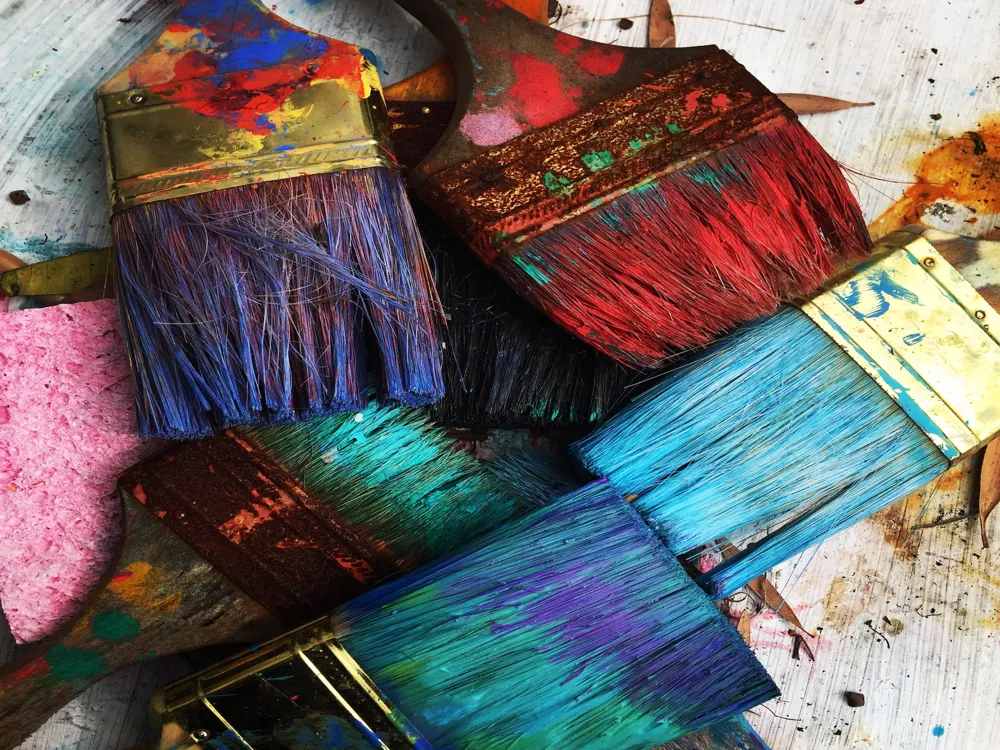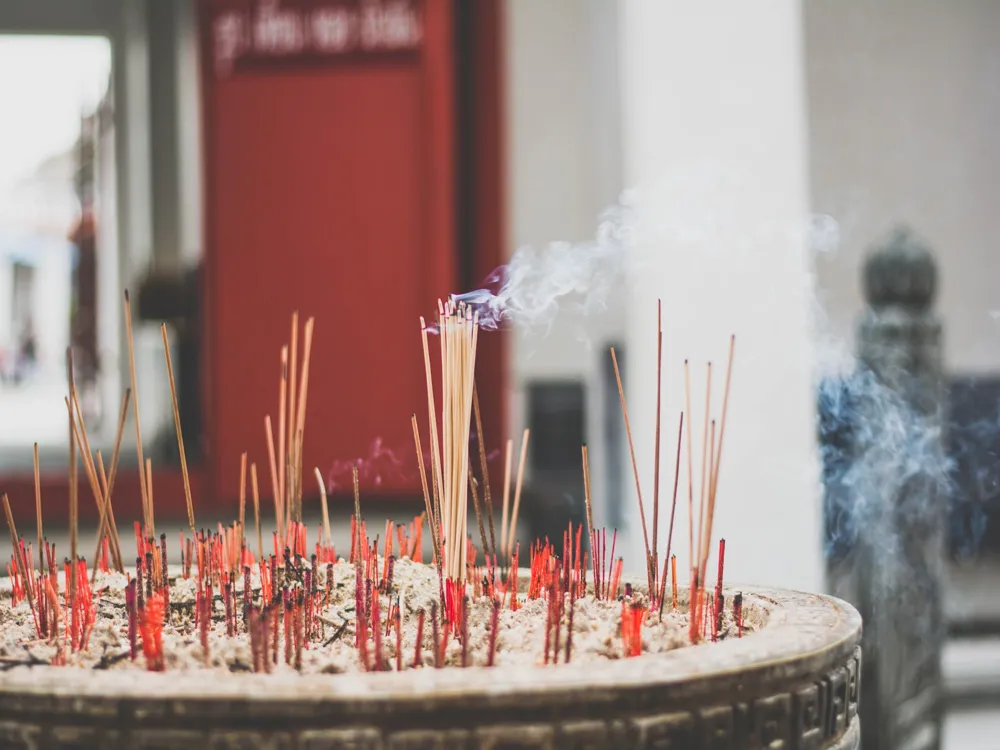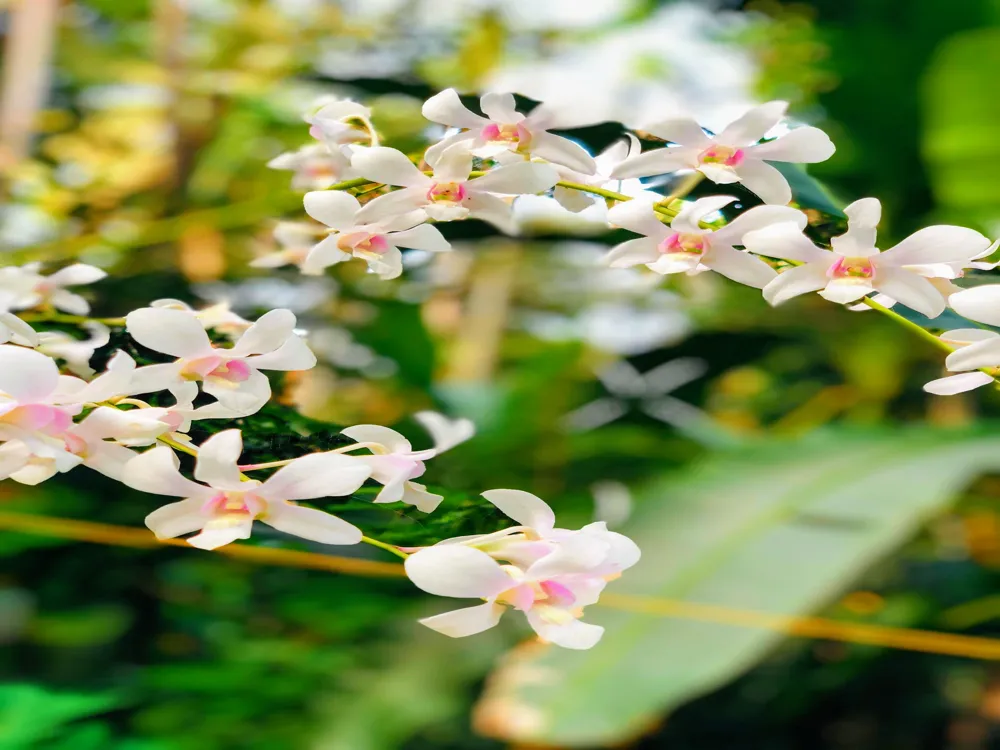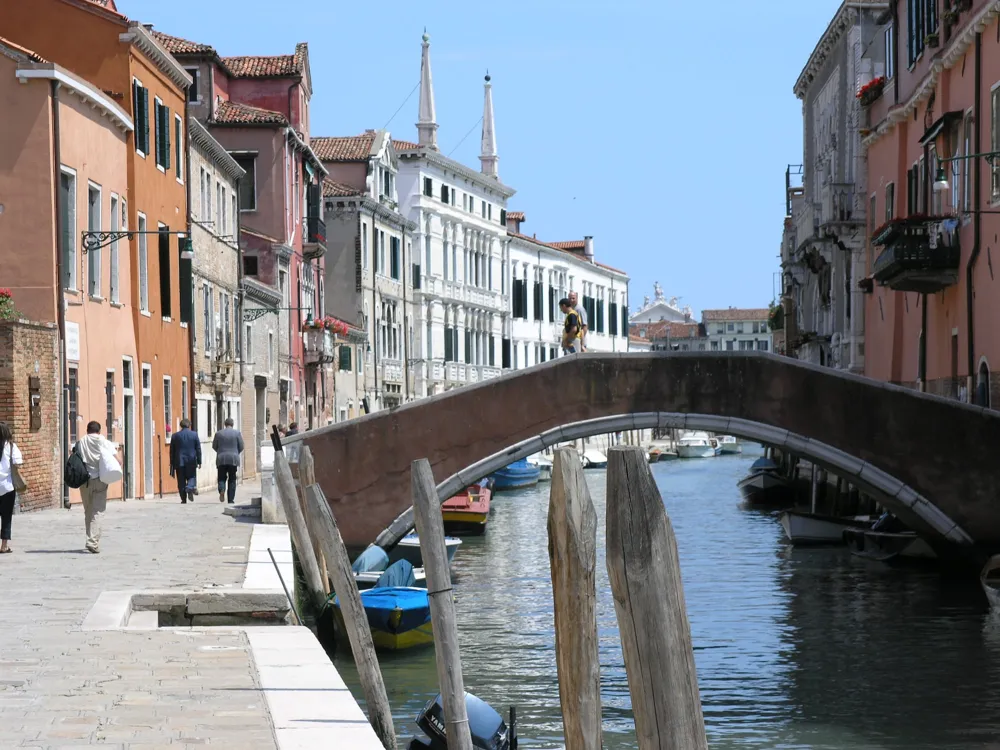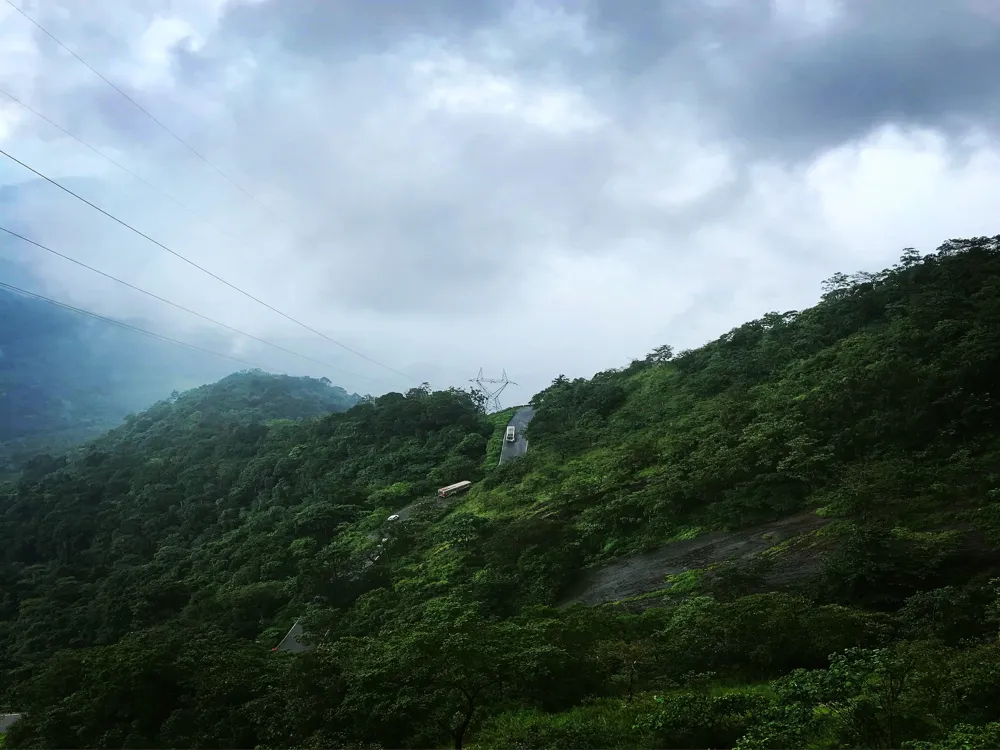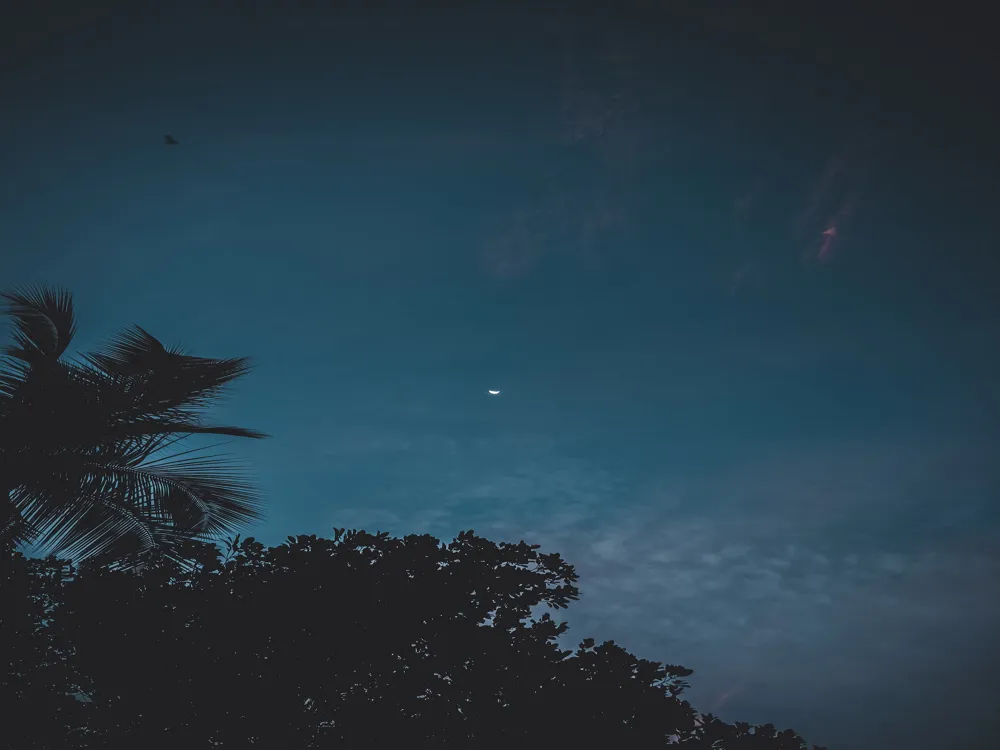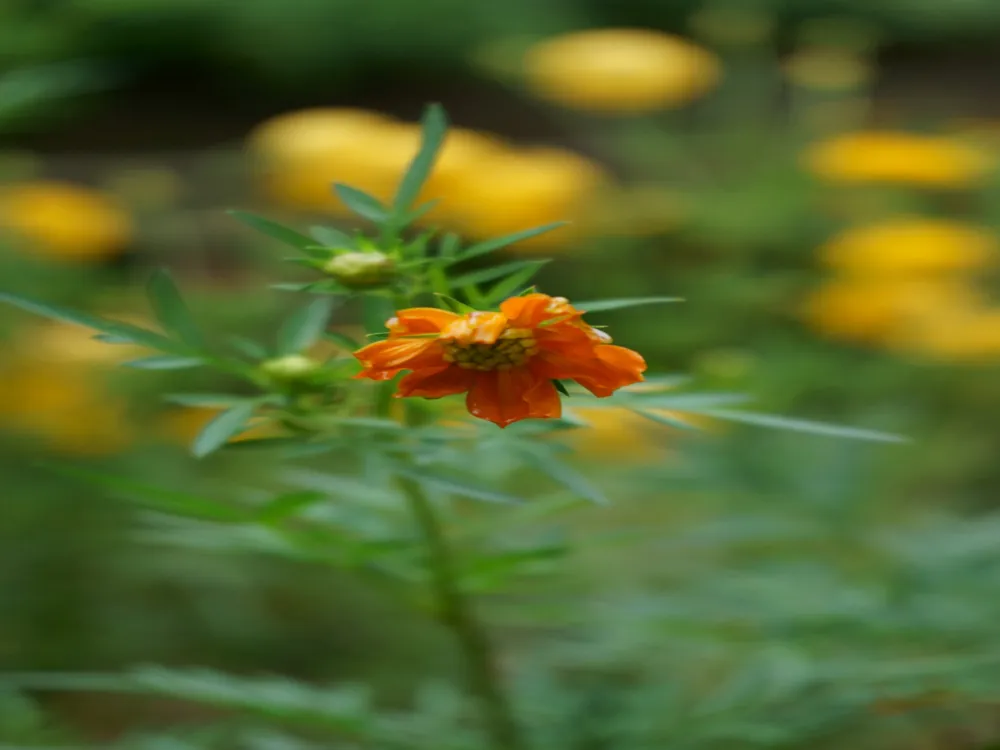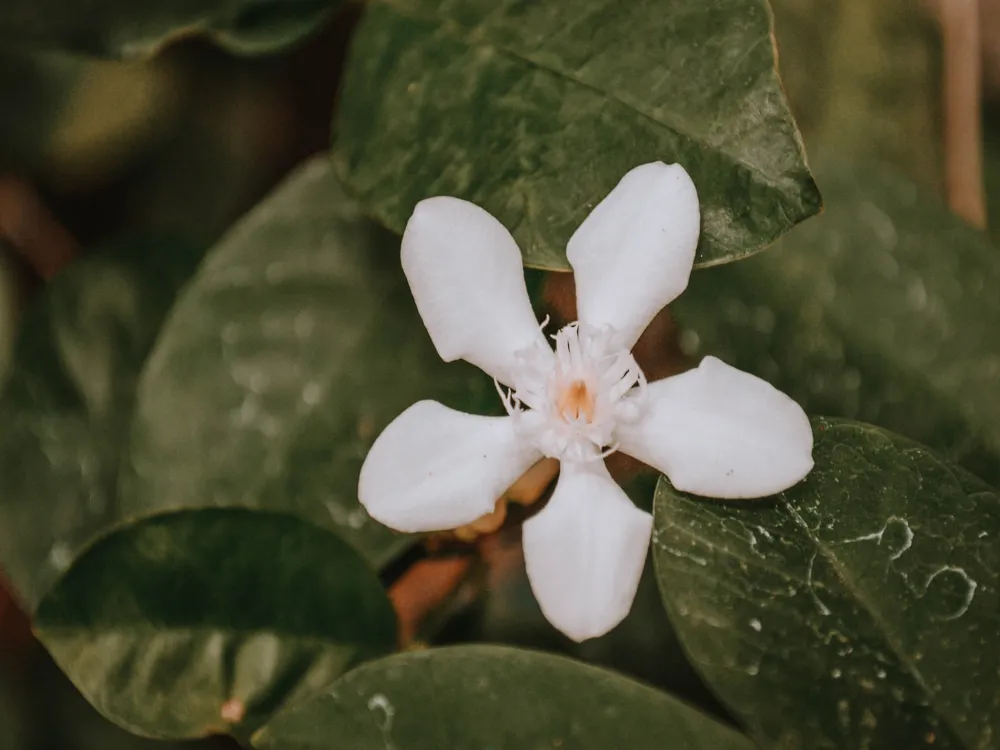The Deepanjali Lamp Museum in Kozhikode, Kerala, stands as a beacon of cultural and historical significance. Located in the heart of Kozhikode, this museum is home to an extensive collection of lamps, showcasing a variety of designs that have illuminated the lives of people over centuries. The museum's collection is not just a testament to the utilitarian aspect of lamps but also highlights the artistic and cultural elements embedded in their design. The lamp, in many cultures, symbolizes enlightenment, guidance, and hope. In Kerala, the traditional 'Nilavilakku' is integral to all rituals and ceremonies, reflecting the importance of light in people’s lives. The Deepanjali Lamp Museum takes its visitors on a journey through time, displaying lamps that range from simple oil wicks used by the common man to the ornate and artistically crafted lamps used in temples and royal palaces. The collection includes traditional Indian lamps as well as those influenced by various cultures and periods, such as the British, Dutch, and Portuguese eras in India. The museum not only showcases different types of lamps but also educates visitors about the evolution of lighting methods over time. From the primitive fire torches and animal fat-fed lamps to the more sophisticated oil and gas-based lamps, each piece tells its own story of innovation and adaptation. Interactive displays and informational plaques provide fascinating insights into the historical, cultural, and technological aspects of lighting. A visit to the Deepanjali Lamp Museum is not just an educational experience but also a visual delight. The aesthetic presentation of lamps, with emphasis on their artistic and historical context, makes it an unforgettable experience for art enthusiasts, historians, and casual visitors alike. The architecture of the Deepanjali Lamp Museum is a harmonious blend of traditional Kerala style with modern architectural elements. The building's design pays homage to the state's rich architectural heritage while incorporating contemporary features for functionality and aesthetic appeal. The museum building is a classic example of the iconic Kerala-style architecture, known for its distinctive timber construction, steeply pitched roofs covered with Mangalore tiles, and elaborate wood carvings. The facade of the museum is adorned with intricately carved wooden panels and traditional brass lamps, instantly setting the tone for what lies within. Upon entering, visitors are greeted with a large, open central courtyard, a typical feature in traditional Kerala homes, known as 'Nadumuttam'. This open space not only facilitates natural lighting and ventilation but also serves as a serene spot for reflection and relaxation. Surrounding the courtyard are the various galleries, each designed to provide an immersive experience. The use of natural materials like wood and laterite stones in the construction further enhances the traditional ambiance of the museum. However, the Deepanjali Lamp Museum also incorporates modern architectural features. The use of large glass panels ensures ample natural light, which is essential for the optimal display of the artifacts. Modern lighting techniques are employed to highlight the exhibits, creating a dramatic and engaging environment. The museum also boasts state-of-the-art facilities for the preservation and maintenance of its precious collection, ensuring that these cultural treasures are safeguarded for future generations. The blend of traditional and modern architectural elements makes the Deepanjali Lamp Museum a unique landmark in Kozhikode. Its design not only reflects the cultural heritage of Kerala but also meets the needs of a contemporary museum, providing an enriching and comfortable experience for all visitors. Check the museum's opening hours and plan your visit accordingly. It's recommended to allocate at least 2-3 hours for a thorough exploration of the museum. As the museum is a place of cultural significance, it is advisable to dress modestly. Comfortable footwear is recommended as there will be quite a bit of walking involved. While photography may be allowed, it's important to check the museum's policy. Flash photography is usually prohibited to protect the artifacts. Consider joining a guided tour for a more informative experience. The guides provide valuable insights and stories about the collection. Don’t miss the interactive exhibits, if available, as they provide a hands-on understanding of the history and evolution of lamps. The Deepanjali Lamp Museum in Kozhikode is well-connected and easily accessible by various means of transportation. For those traveling by air, the nearest airport is the Kozhikode International Airport, which is about an hour's drive from the museum. Visitors can hire taxis or use ride-sharing services from the airport to reach the museum. For those preferring to travel by train, Kozhikode Railway Station is the nearest major railway hub, well-connected to major cities across India. From the railway station, the museum is just a short taxi or auto-rickshaw ride away. Additionally, Kozhikode is well-serviced by a network of state and national highways, making it accessible by bus or car. Regular bus services connect Kozhikode with other major cities in Kerala and neighboring states. For those driving, there are ample parking facilities available near the museum. Once in Kozhikode, local transport like auto-rickshaws and taxis are readily available for easy commuting within the city. Visitors can also opt for public transport buses for a more economical option. The museum’s central location in the city makes it a convenient and accessible destination for tourists and locals alike. Read More:Overview of Deepanjali Lamp Museum of Kozhikode, Kerala
Architecture of Deepanjali Lamp Museum
Tips When Visiting Deepanjali Lamp Museum
Plan Your Visit
Dress Appropriately
Photography
Guided Tours
Interactive Exhibits
How To Reach Deepanjali Lamp Museum
Deepanjali Lamp Museum
Kozhikode
Kerala
₹ 16,000 onwards
View kozhikode Packages
Kozhikode Travel Packages
View All Packages For Kozhikode
Top Hotel Collections for Kozhikode

Private Pool

Luxury Hotels

5-Star Hotels

Pet Friendly
Top Hotels Near Kozhikode
Other Top Ranking Places In Kozhikode
View All Places To Visit In kozhikode
View kozhikode Packages
Kozhikode Travel Packages
View All Packages For Kozhikode
Top Hotel Collections for Kozhikode

Private Pool

Luxury Hotels

5-Star Hotels

Pet Friendly







